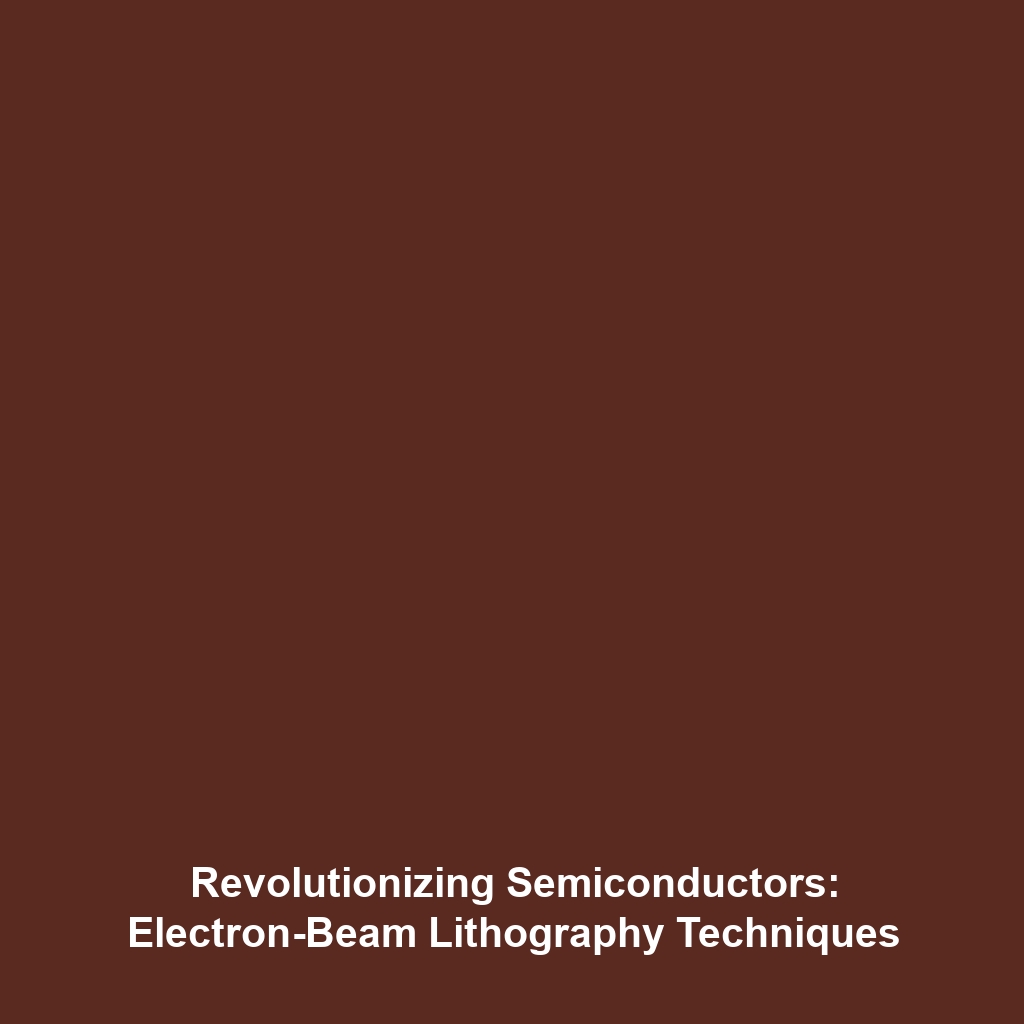Electrolytes and Separators: Facilitating Ion Movement and Preventing Short Circuits in Battery Technology
Introduction
Electrolytes and separators play a crucial role in Battery Technology, enabling efficient ion movement while simultaneously preventing short circuits. As the demand for advanced batteries increases, understanding how these components function is essential. Electrolytes facilitate the transport of ions, which is vital for battery operation and energy storage. Separators, on the other hand, prevent physical contact between the anode and cathode, thereby averting short circuits that can lead to overheating and failure. In this article, we delve into these components to highlight their significance within the ever-evolving landscape of battery technology.
The Role of Electrolytes
Electrolytes are solutions or substances that conduct electricity through the movement of ions. Their properties greatly influence the overall performance of batteries:
- Concentration: A higher concentration of ions leads to improved conductivity.
- Viscosity: A lower viscosity enhances the ability of ions to move freely, thus increasing efficiency.
- Electrochemical Stability: This governs the safe operating range of the electrolyte to prevent degradation.
The Function of Separators
Separators are vital in battery construction as they inhibit short circuits while allowing ionic transfer. Their key attributes include:
- Porosity: A higher porosity allows for better ion movement while ensuring physical separation.
- Thickness: Optimum thickness is essential for mechanical strength and conductivity.
- Material Composition: Various materials such as polyethylene and polypropylene are used, each offering unique benefits.
Applications and Real-World Uses
Understanding how electrolytes and separators are used in Battery Technology reveals their extensive practical applications:
- Electric Vehicles: Efficient ion movement prevents performance issues, extending battery life.
- Consumer Electronics: Smartphones and laptops rely on effective separators to prevent overheating.
- Renewable Energy Storage: Utilizing high-performance electrolytes enhances the efficiency of solar and wind energy storage systems.
Current Challenges
Despite advancements, several challenges remain in the study and application of electrolytes and separators:
- Material Limitations: Existing materials sometimes fail to meet the required performance standards.
- Safety Concerns: Flammability and leakage in traditional electrolytes pose significant risks.
- Cost: High-quality separators and electrolytes can be expensive, impacting overall battery production costs.
Future Research and Innovations
Research is ongoing to develop next-generation electrolytes and separators:
- Solid-State Electrolytes: Promising advancements aimed at improving safety and efficiency.
- Biodegradable Separators: Innovations targeting sustainability in battery production.
- High-Performance Ion Conductors: Research focusing on new materials to enhance ion mobility.
Conclusion
Electrolytes and separators are fundamental components in the realm of Battery Technology, ensuring efficient ion movement and preventing dangerous short circuits. As innovations continue to emerge, these elements will play an even more significant role in the development of safer, more efficient batteries. To learn more about advanced battery technologies, visit our related topics section for further insights.

